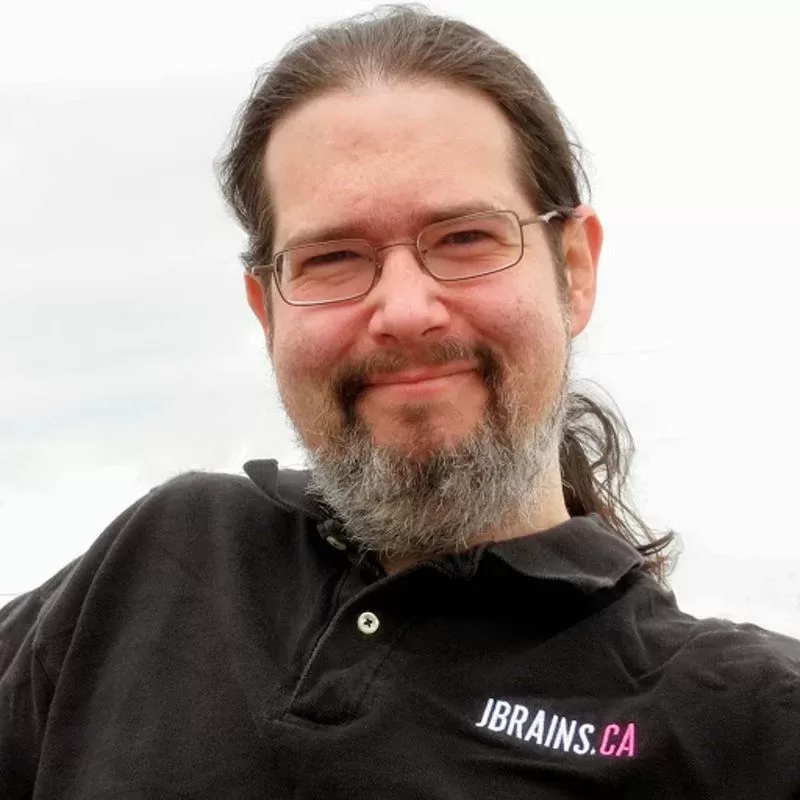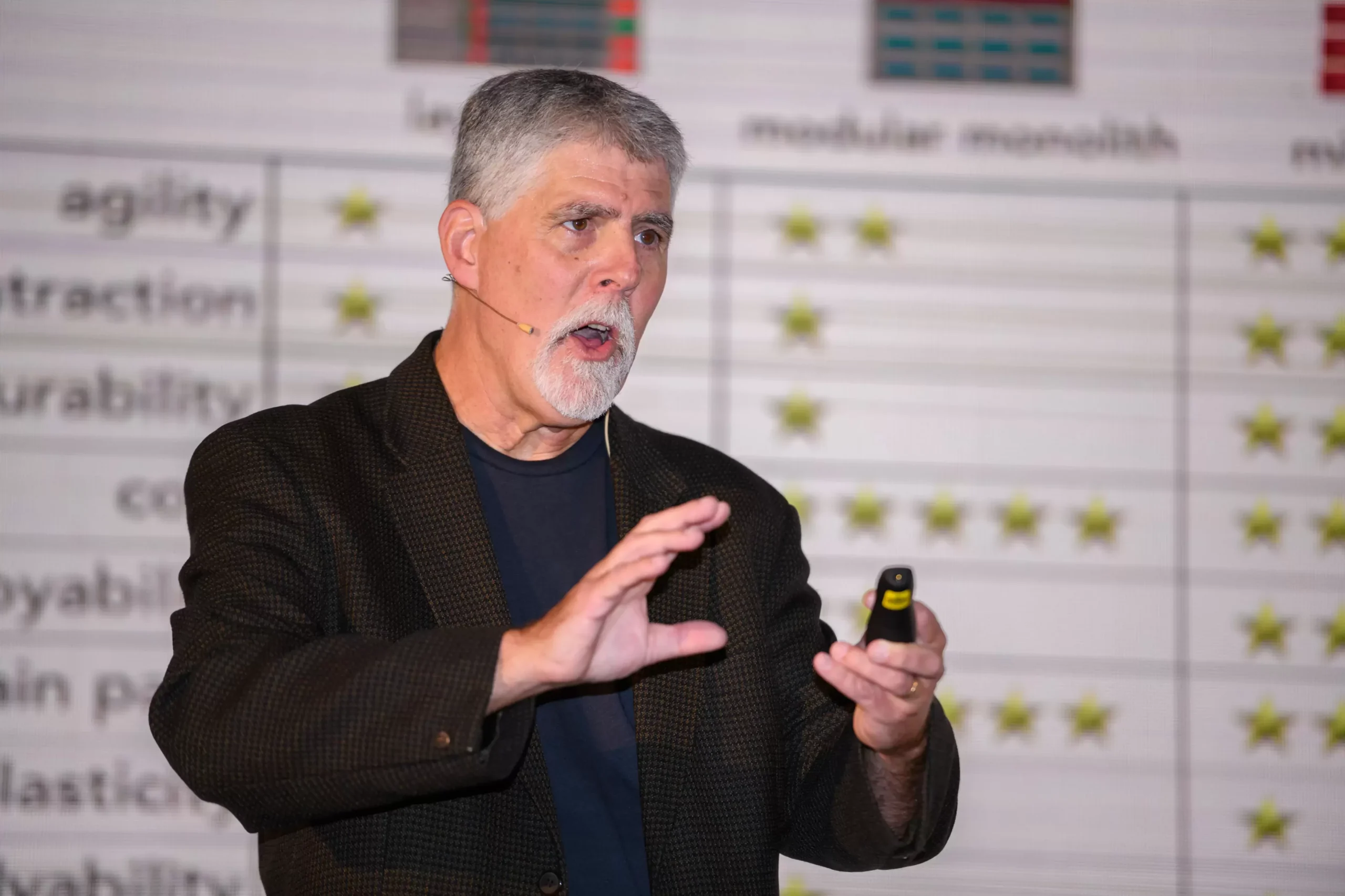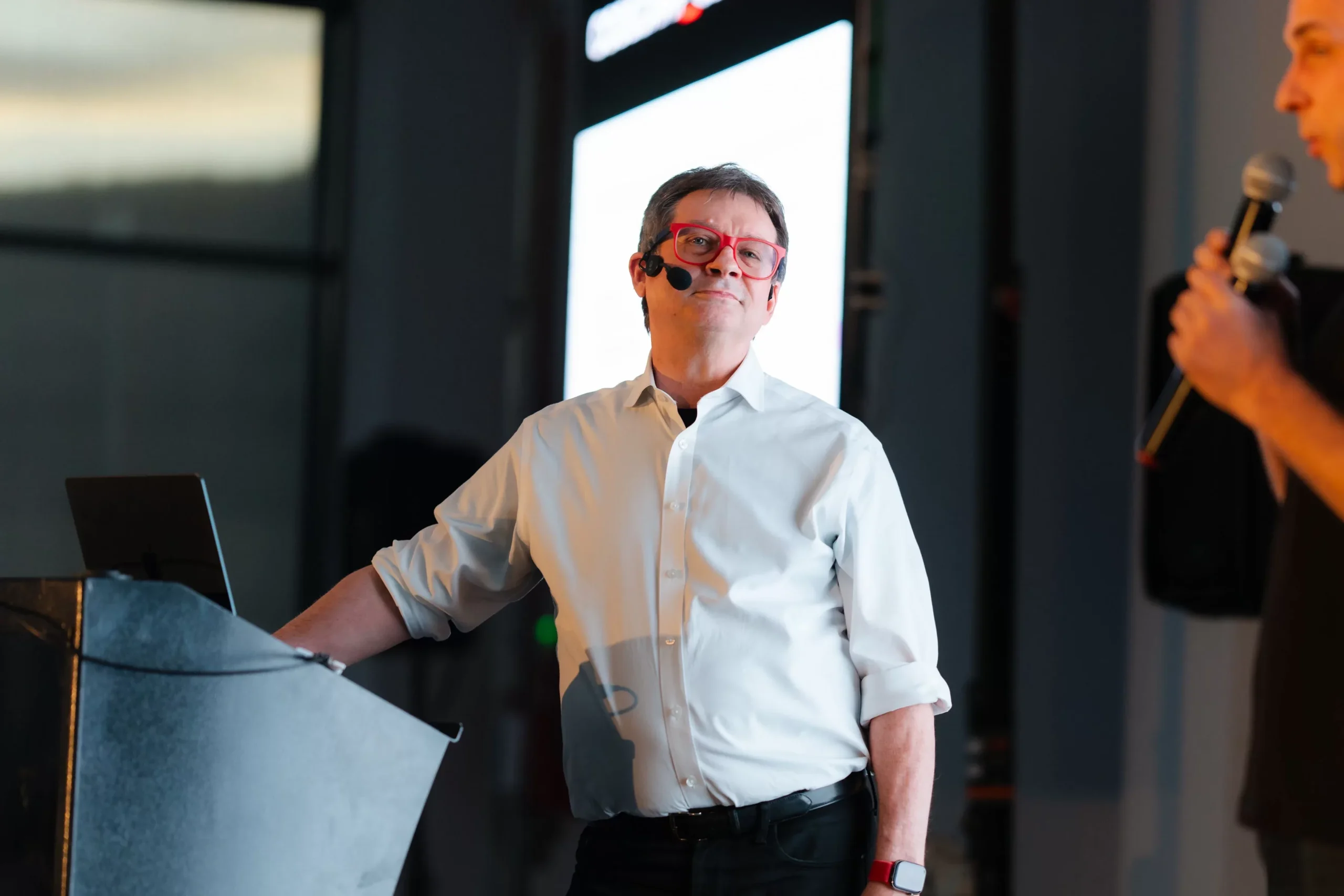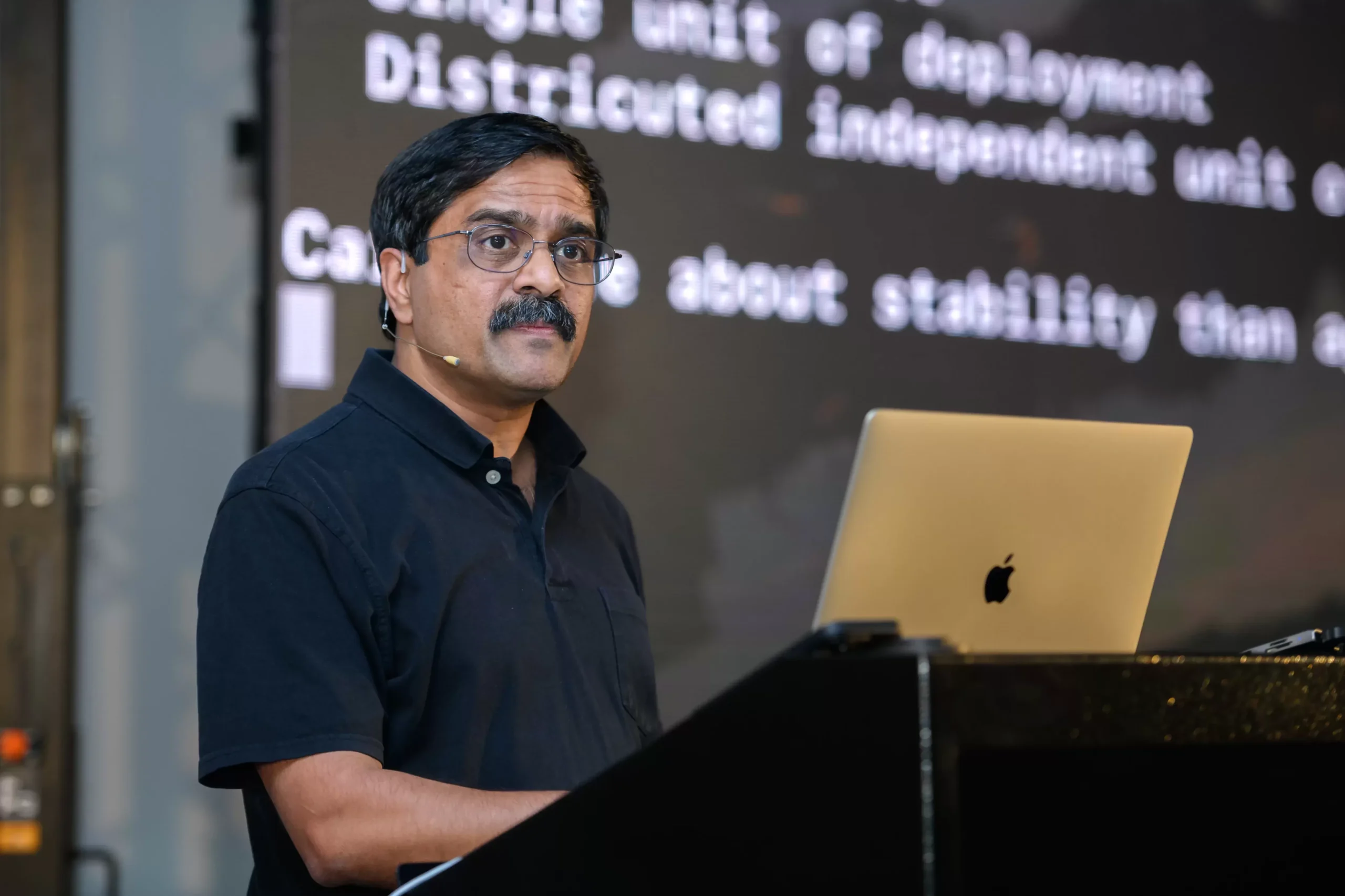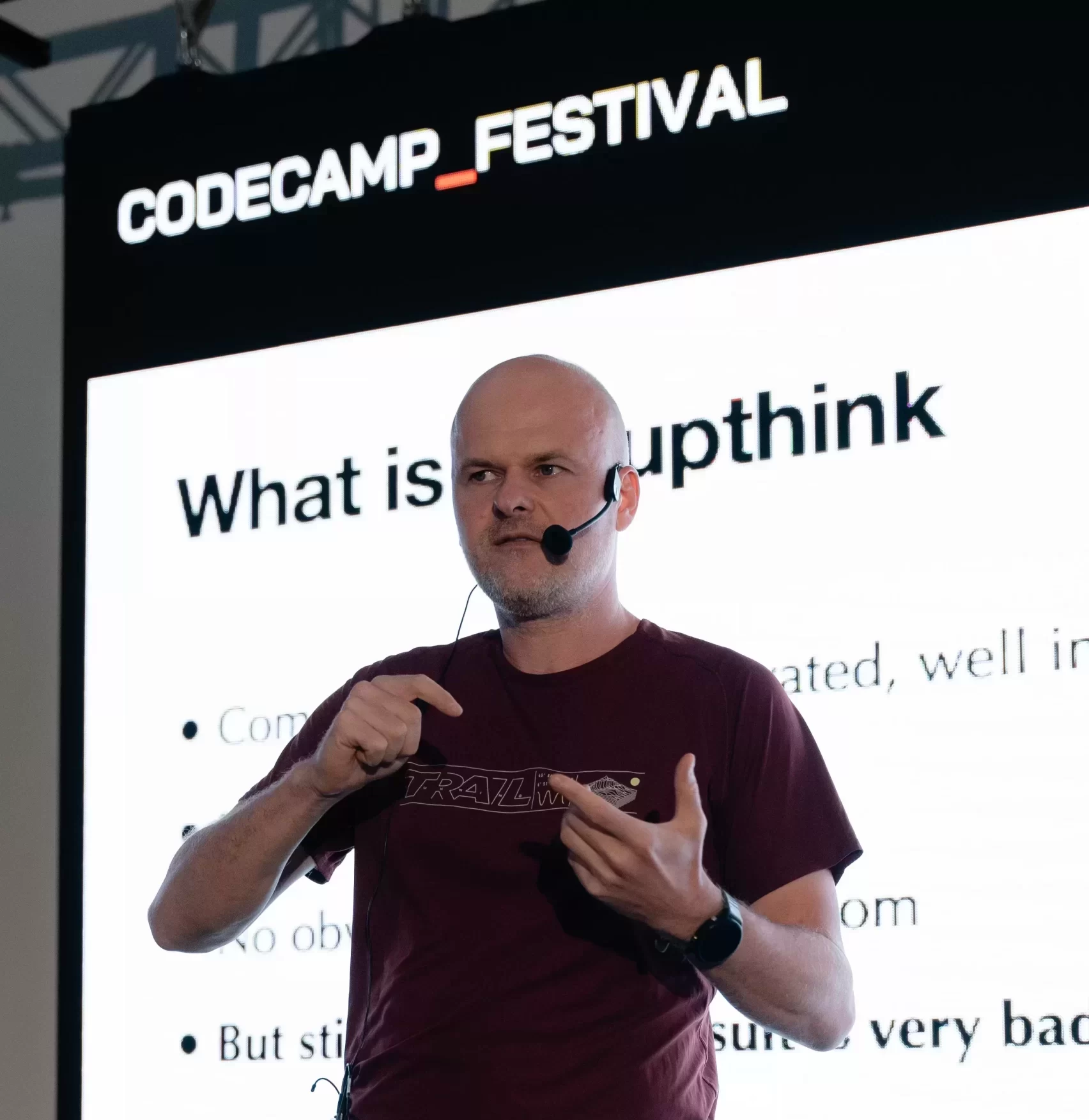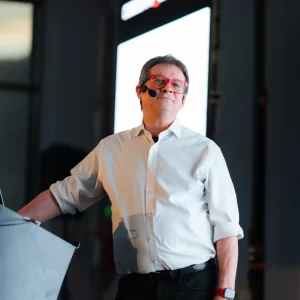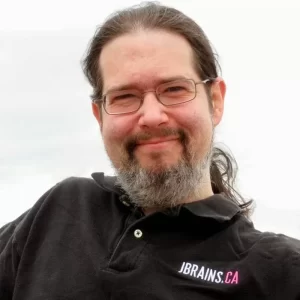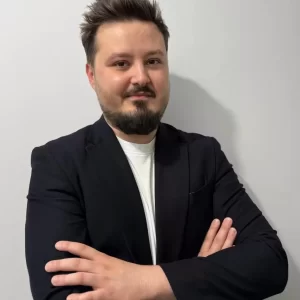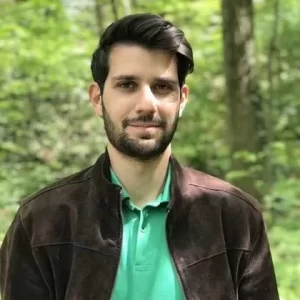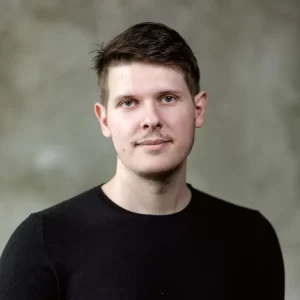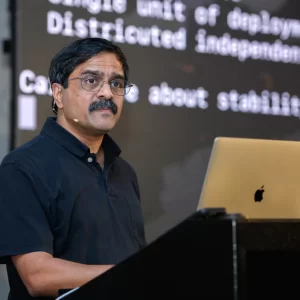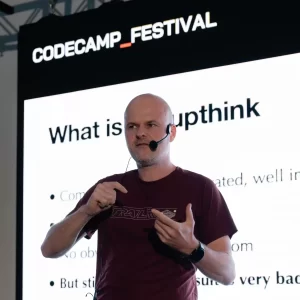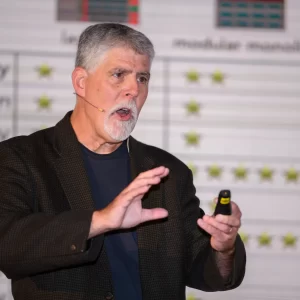Codecamp_Festival
23 October 2025 _ Agora Center Iasi
A complete experience
14 superheroes
2 top-notch keynotes
3 stages
New connections
Food and drinks
Networking and insights
Codecamp_Festival is a one-of-a-kind experience, mixing learning from the best speakers out there, from all over the world, with the glitz and glamour of an actual music festival.
Three incredible stages, two inspiring keynotes, seeing your superheroes up close and personal and making new connections, in a laid-back and friendly scenery, who said learning can’t be fun?
The speakers
Meet the superheroes that changed the game in software development.
Yeap, they’re all coming to Romania! Grab a coffee with them and prepare to be starstruck.
The stages
Woodstock
Factory
Portal
Holiday Village
Masterclasses
Main Partner

Tremend
Tremend is the CEE software engineering hub for Publicis Sapient, part of the Publicis Groupe. For 20 years, the company has been infusing its advanced technical expertise into complex and innovative solutions that meet today’s digital transformation needs and pave the way for a better and smarter future.
Through its advanced expertise in strategy and implementation for complex software projects, innovation programs, and product management, Tremend has proven itself as one of the most dynamic players in the global software development market.
The company specializes in providing consulting, strategy, and implementation services for complex software solutions, innovation programs, and product management for companies in various industries, including telecom, finance, banking, automotive, and healthcare, in more than 20 countries.
Stage Partners

VOIS
Technology VOIS Romania is a purpose driven TechCo, dedicated to driving scale at speed and delivering value to Vodafone. We leverage the creativity of our people and the massive power of data, Artificial Intelligence, and Software engineering to deliver digital in-life experiences customized for our partners.
Join us. Be unrivalled. Create the future.

E.ON Software Development
E.ON Software Development is a Technology Consulting division within E.ON’s Digital Technology organization. As a partner for our businesses, our division makes a major contribution as an internal professional services organization to accelerate the delivery of E.ONs Digital Transformation Strategy. E.ON is a leading European utility company, playing a key role in shaping the energy transition and connecting everyone to good energy.
Expo Partners

Amazon
At Amazon we are striving to delight our customers and make their life easier. Amazon is guided by four principles: customer obsession rather than competitor focus, passion for invention, commitment to operational excellence, and long-term thinking. We are driven by the excitement of building technologies, inventing products, and providing services that change lives.
With a presence in Iasi, Bucharest and Timisoara, Amazon Romania has a vast presence in tech roles. Highly skilled experts of Amazon tech teams work on exciting cutting-edge technologies in the fields of Cloud Computing, Information Security, Machine Learning and Data Analysis.
On October 24th, @Codecamp Iasi, you will meet CoSS, Security, Privacy, CBA and Store Presentation Foundation teams:
• Compliance Shared Services (CoSS) team researches, innovates, advances the state-of-the-art, and builds ML systems to proactively identify safety and compliance risks in Amazon’s retail business.
• Stores Security is responsible for any human access to data at Amazon and enables governance bodies and all service owners to raise the security bar by restricting access to data on a fine-grained basis.
• Privacy is responsible for creating and operating large scale, Amazon wide Privacy oriented services and tooling, giving global Amazon customers an easy and transparent way to exercise their right to know what data is stored about them and their “right to be forgotten”.
• Customer Behaviour Analytics (CBA) is responsible for ingesting and processing big data sets of website and mobile traffic and interactions, in order to identify and understand customer behaviour, thus creating multi-million-dollar business opportunities allowing Amazon strong and sustained growth rates.
• Store Presentation Foundation (Content Creation) supports a variety of businesses with marketing systems that elevate the customer experience, by building tools that enable marketers to create in a self-service or automated way measurably effective, compelling customer experiences across Amazon’s owned and operated channels.

Cognizant
Cognizant Romania is one of Eastern Europe’s largest Software Product Engineering delivery networks. We serve global clients in several industries, including Banking & Financial Services, Insurance, Healthcare & Life Sciences, Communication Media & Technology, and Retail & MLEU (manufacturing, logistics, energy & utilities).
Our product thinking mindset defines, builds, and launches new, experience-centered software products that reinvent business.
To learn more about Cognizant Romania and explore career opportunities visit our website (https://www.cognizant.com/ro/en)!

HCLTech
HCLTech is a global technology company, home to more than 223,000 people across 60 countries, delivering industry-leading capabilities centered around digital, engineering, cloud and AI, powered by a broad portfolio of technology services and products. We work with clients across all major verticals, providing industry solutions for Financial Services, Manufacturing, Life Sciences and Healthcare, Technology and Services, Telecom and Media, Retail and CPG, and Public Services. Consolidated revenues as of 12 months ending March 2025 totalled $13.8 billion. To learn how we can supercharge progress for you, visit hcltech.com.

Orange Services
Orange Services was created in 2013 and is a 100% owned subsidiary of Orange Group. As a technology services company, our DNA is in IT, but our teams also work in other domains including mobile networks and a number of commercial and business functions. Orange Services is one of the largest technology hubs in the Orange Group, working internationally for both Orange corporate functions and country operations.
Through a unique combination of cutting edge know-how and expertise, our teams provide a broad range of services: development and supervision of IT services (in domains such as Big Data, Cloud, M2M, IoT, TV, Connected Objects, …), design and development of IT infrastructure and desktop solutions, testing & planning for mobile networks, implementation of supply chain solutions and also improvement of commercial & business performance (BI, CRM, Analytics, Digital learning, Customer Care, …).
Visit us at: https://www.linkedin.com/company/orange-services

Levi9
We, Levi9, are a devoted team that proves to be the technology partner of choice with the highest customer satisfaction.
Each of us, and all together, we strive to achieve more every time we deliver high-quality software, smart integrations, innovative solutions, and digital strategies. Since 2007, our team of over 170+ dedicated levi niners here in Iași is a living example of how brilliant minds team up to drive innovation for global tech leaders, consistently exceeding expectations through quality and craftsmanship.
What sets us apart? Our empowerment combined with our culture, and our expertise makes us the easiest to work with partner for developing software solutions. Our customers’ trust, a supportive work environment, and access to the latest technologies set you on a clear path to grow and excel.
Don’t miss us at Codecamp and see it for yourself!

Visma
Visma is a leading provider of core business software for a more efficient and resilient society.
We simplify the work of companies and organisations of all sizes, empowering people and helping businesses grow and thrive.
We have over 1 million customers across the Nordics, Benelux, Central and Eastern Europe, and Latin America who share our passion to make progress happen.
Ravers

O’Reilly
O’Reilly Media is a leading provider of tech and business learning resources. Their platform offers over 60,000 titles (own publications plus partner content), more than 30,000 hours of video, live virtual events, interactive courses, labs, and sandboxes — all aimed at helping individuals and teams stay ahead in fields like AI, cloud computing, software architecture, security, and more.

RomSoft
RomSoft is a software development company based in Iasi, Romania, specializing in custom solutions for healthcare, industrial, and business applications. Founded in 2001, it was one of the first local software companies and has built a strong reputation for delivering innovative, high-quality software tailored to complex business and research needs. RomSoft collaborates with industrial partners, medical organizations, and academic institutions to drive technological advancement.
Quality is at the heart of RomSoft’s business model, with a mission to develop cutting-edge digital solutions that have a lasting impact. The company’s quality management system is ISO-9001 certified, and its medical software complies with ISO 13485 standards. RomSoft’s team includes more than 15 Microsoft Certified Professionals and over 50 certified competencies, reflecting a commitment to high standards and continuous improvement.
Our team at RomSoft has significant experience in Microsoft technologies like .NET, C#, and Azure. The company offers comprehensive software solutions for both B2B and B2C products, covering a wide range of programming languages and applications. RomSoft also focuses on data protection and privacy technologies and leverages its R&D department to explore emerging fields such as robotics, artificial intelligence, and blockchain.
For more information about our projects, technologies and team – please see www.rms.ro

PORSCHE INFORMATIK
As a subsidiary of Porsche Holding and part of the Volkswagen Group, we are committed to big names.
Our goal: to develop software solutions that are groundbreaking for the mobility of the future. Our principle: specialization in the automotive industry. The effect: Because we know the business inside out, we create smart, effective and sustainable solutions together with our customers.

WebBeds
Webbeds is a global online marketplace for the travel trade, an intermediary connecting hotels and other travel service suppliers to a distribution network of travel buyers all over the world. Our products incorporate distribution APIs, payment integrations, ERP integration, Data Lakes, User Interfaces, and others. Our search API reach peaks of more than 50.000 requests per second, each one consisting of tens or hundreds of hotels, with continued expansion.

Centric
At Centric, you are part of an international organization with diverse customers, industries, and expertise. You can explore, choose, and specialize and we’ll help you move forward, improving ourselves, our customers, and society every day.

Beenear
Beenear, part of VarGroup, provides IT Consulting services to the global market with a team of +130 experts. Innovation, teamwork & lasting partnerships define us.

ASSIST Software
ASSIST Software is a software development company based in Suceava, Romania, that has consistently been recognized as one of the most innovative companies, with a team of 300 engineers pioneering revolutionary products. For over 30 years, ASSIST Software has been delivering flexible solutions with high quality and security standards to over 250 international clients across fields such as manufacturing, energy, pharma, and IoT, providing them with industry-transformational capabilities.
The company’s services range from Product Design and Consulting, Custom Software Development, Testing, Team Augmentation, EU-funded projects, and other digital solutions tailored to business needs. With a strategic approach to product development and forward-thinking vision, ASSIST Software’s portfolio includes Automation, Blockchain, VR/AR, IoT, or AI-based solutions.
ASSIST Software strongly emphasizes education since innovation cannot be achieved without ongoing improvement. Workshops and personal and professional development courses organized by ASSIST Academy (https://assist-software.net/academy) are on the company’s weekly agenda.
Education programs within ASSIST Software offer developers the opportunity to obtain the highest international certifications. Thus, the company employs PMP-certified experts, Scrum Master-certified, ISTQB-certified, AWS Solutions Architects, Azure certified, C# licensed, and more.
Are you interested in joining the company? Find out more: https://assist-software.net/.

Strongbytes
Strongbytes is a trusted technology partner which designs & delivers software solutions with significant positive business impact for cloud-enabled, data-driven organizations. It empowers businesses to continually improve their ability to access and analyze data consistently to make accurate decisions, with the help of software applications, data engineering, analytics & ML, in the cloud, highly automated. With a focus on understanding the business need, end-to-end quality, and a highly collaborative delivery model, our engineering teams create new and modernize existing products in a consistent, predictable manner.
Community Partners

IT School
IT career accelerator!
Develop your potential and step into the IT universe!


Calemis
We’ve been making entrepreneurial waves in Iași since 2013 through events where people put their business ideas in the spotlight.
We’re a handful of people passionate about building a strong entrepreneurial community in Iași. Startup Weekend, IdeaJAM and Innovation Labs are the events you might know us from.
Our mission is to connect all the wild idea-people with an implementation team, mentors and, hopefully, investors.

People of Tech
People of Tech is a growing community for entrepreneurs and intrapreneurs.

Innovation Labs
Are you a young visionary that aims to build a tech start-up?
Join us to turn your tech vision into a product through fine-tuned mentorship, access to bleeding-edge technologies and interaction with top companies, mentors and angel investors.
Are you an innovative company looking to connect with the most vibrant innovation ecosystems?
Join the main university-based tech start-up accelerator program in Romania – and be part of a network that fosters innovation, collaboration and digital transformation.

IASI AI
IASI AI community started from the desire to increase the awareness of artificial intelligence and its applications among technology enthusiasts through meetups and workshops, creating a favourable context for promoting local ideas and initiatives.

Startup Moldova
Startup Moldova is the platform that provides support for accelerating the development of startup initiatives and technological innovations at home in the Republic of Moldova
Media Partners

TechEvents
TechEvents is a free mobile app that brings together all the important tech events in the industry, with the aim of supporting the harmonious development of the IT community in Romania.

Romania Pozitiva
Good things about Romania.
Welcome to the positive information and education platform, RomâniaPozitiva.ro!

DevJob.ro
DevJob.ro is the first Romanian IT job board built with Software Engineers in mind.
Our goal is to bring more transparency, openness and diversity to the Romanian IT market.
We want to make the job search process for Software Engineers more enjoyable by gathering all job postings in Romania and presenting them in an informative way.
Our portal is not only for Developers but for everyone working in the IT industry: Engineers, SAP and System Admins, Product Managers, QAs and UX/UI Designers!


IQool

ITPrenori

How About Tech
Welcome to How About Tech, your go-to source of valuable insights and innovative ideas in the world of technology. Our mission is simple: to deliver insightful tech news with unwavering objectivity and lightning speed. We understand the need for timely and impartial information in today’s fast-paced tech landscape, and we’re here to meet that demand.
Friends

Nespresso

Beer House
Beer House is where Romanian craft beer meets authentic storytelling. Our motto, “They craft the beer, we tell the story,” reflects our mission to showcase the passion, tradition, and creativity behind every brew. Made 100% in Romania, each beer is carefully crafted by local brewers, while we bring their unique flavors and stories to life.

Cheffa

Karavan

La Soldat

Santo Narty
Santo Narty – burgers, burritos, tortillas, and much more.
The Santo Narty food truck prepares for you a variety of fast food dishes, quickly and from fresh ingredients.
On the Santo Narty menu, we also have 100% vegan products made from black beans, red lentils, chickpeas, and lettuce.
Santo Narty – life with flavour!
